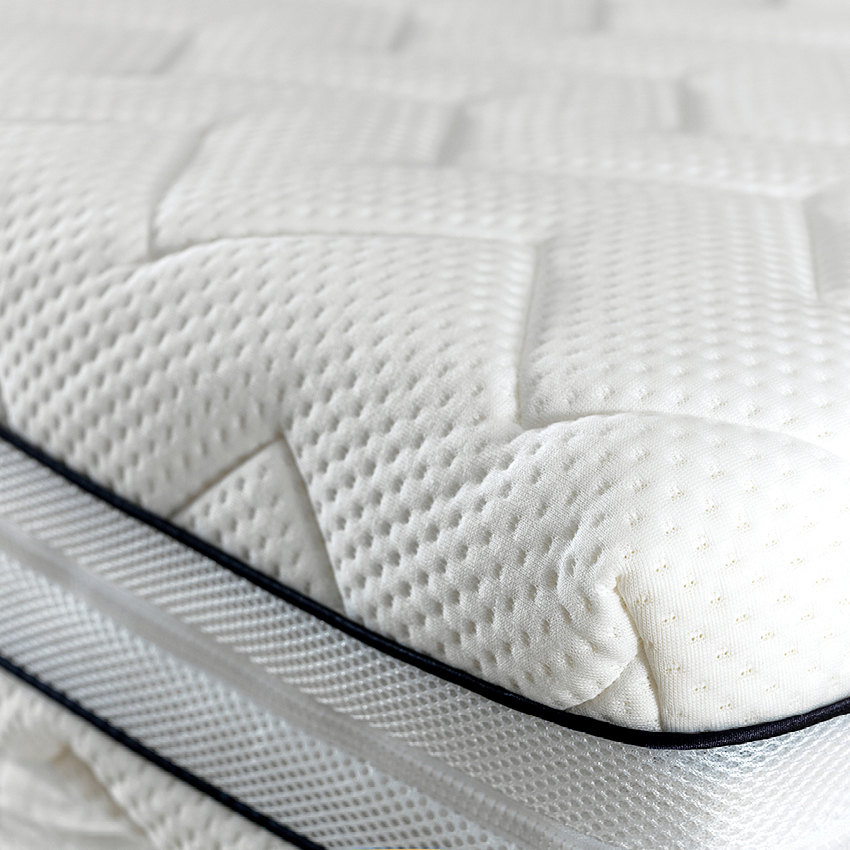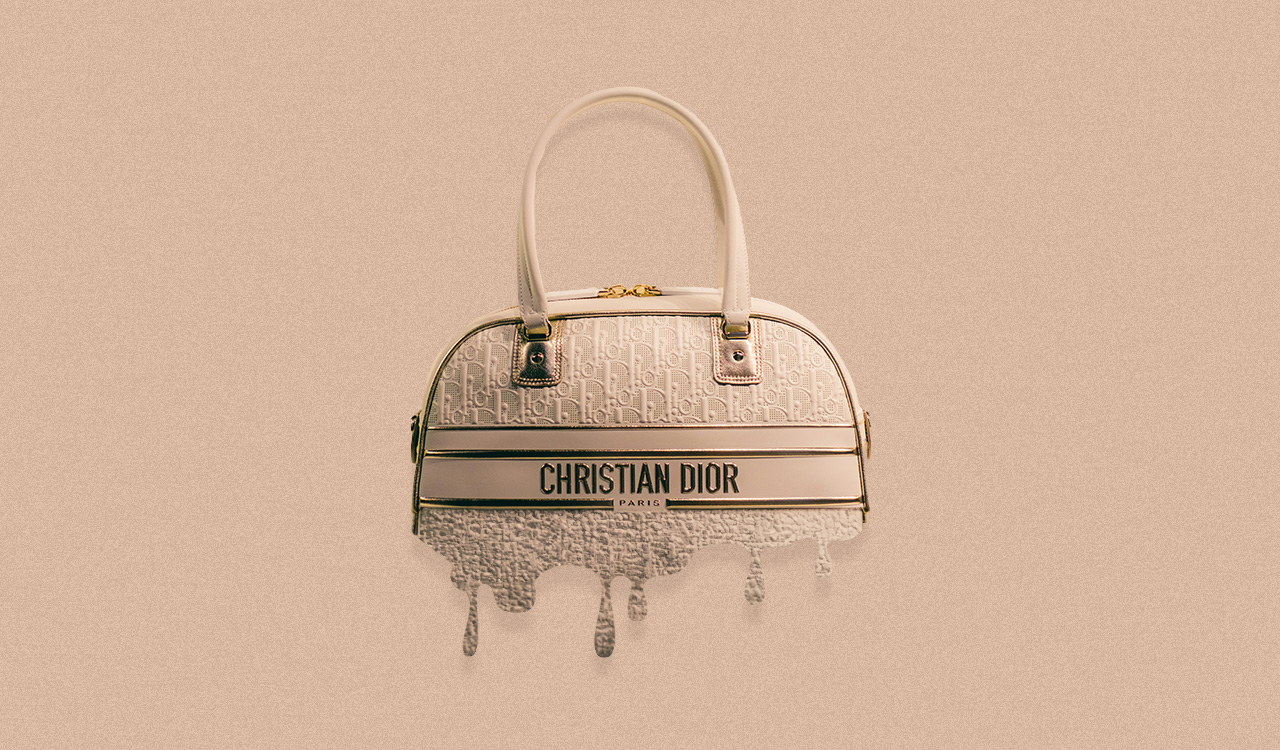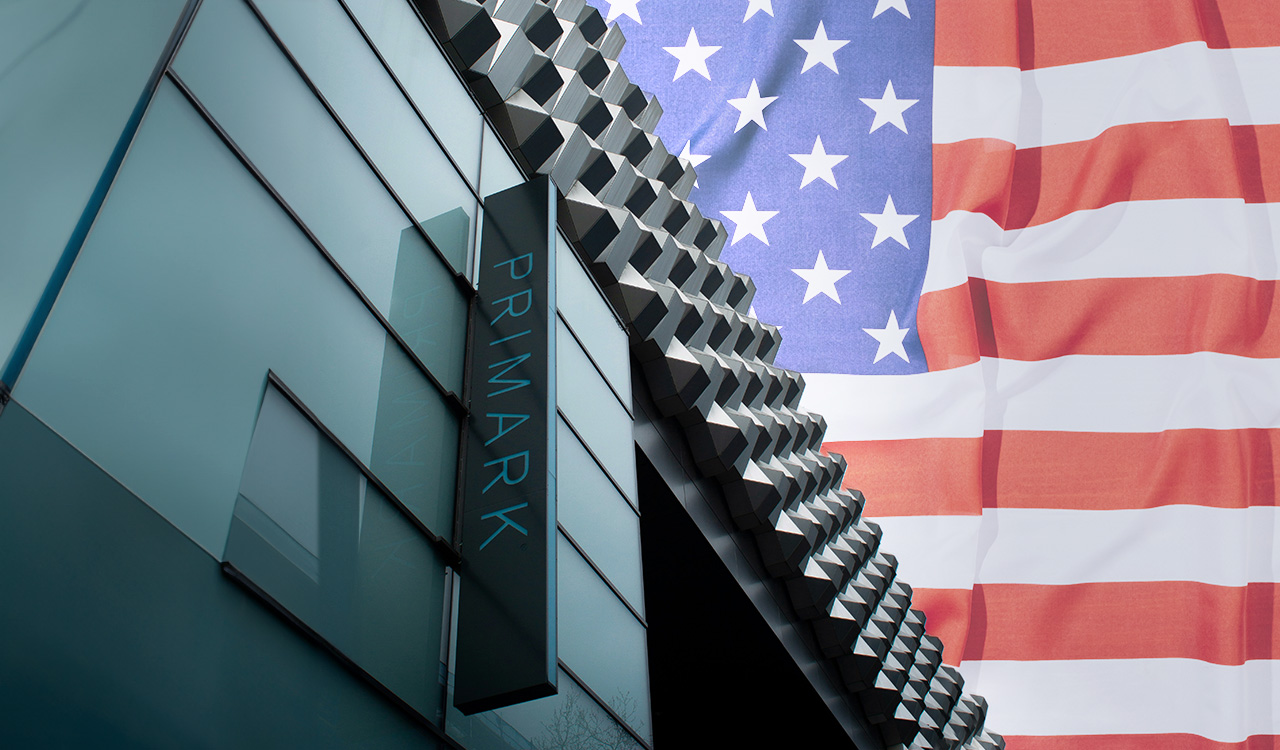Ever since they put that pea under the princess\’s mattress a long, long time ago the bedding business has been pretty sleepy… and yes, the pun was too obvious to pass up. For decades it was dominated by three big national brands, sold in department stores, furniture dealers and a vast number of local and regional specialty shops and the products were deceptively similar underneath their plain white wrappers. But over the past decade — and especially just the last few years — all of that has changed and there is a remarkable transformation going on that has changed the very nature of the business of making and selling mattresses. It\’s allowed for many new suppliers, new methods of selling, constructions that literally come from outer space, a premium level of products unimagined not too long ago and the kind of overall disruption that few consumer product categories have seen before.
And nobody is resting easy anymore.
Retail Redo
At the top of the mattress pyramid are the retailers who sell them to sleep-hungry consumers. For a very long time, this business was dominated by three players: independent mattress retailers, usually regional in nature with a maximum of 50 stores; department stores who stocked mattresses as the lead of their furniture business and often made more money on financing deals than the product itself; and furniture stores, also not shy about long-term financing arrangements that would make organized crime more than a little envious with their credit terms.
[callout]Not too long ago, you’d be hard-pressed to find anybody in the business who believed you could sell a mattress online. All of that changed with the debut of the direct-to-consumer sellers starting about a decade ago.[/callout]
The mattress store scene is now heavily concentrated in just a handful of players, the result of endless rounds of consolidation. The biggest is now Mattress Firm, which after swallowing up Sleepy\’s, 1800Mattress and Sleep Train (among others) and then going through its own financial catharsis has about 2500 locations. It\’s estimated that it has between a quarter and a third of all the independent mattress stores in the country, which of course gives it enormous power on the retail scene.
A lot of that has come at the expense of department stores, many of which have exited the furniture category completely. Quasi-department stores like Sears and JCPenney were once major players but no longer have much in the way of market share. The Macy\’s group, including Bloomingdale\’s, is still in mattresses and the category is generally considered to be among the most profitable in the store, despite its large physical store footprint and delivery issues.
Furniture stores have also seen serious consolidation with the result that nameplates like Ashley HomeStores, Rooms to Go and Raymour & Flanigan have expanded far beyond their regional bases. The local independent furniture dealer still exists and still generally sells mattresses, but they are taking smaller and smaller slices of the overall retail pie.
Curiously, the mass merchants like Walmart and Target have had limited success in the mattress business, one of the few non-luxury consumer products that can be said about. Without delivery services and with floorplans that don\’t allow for expansive displays of beds, their formats just don\’t lend themselves to selling mattresses. The warehouse clubs like Costco and Sam\’s do sell these products but usually only in limited run \”flights\” where the product is on the selling floor for a few weeks at most.
Online Dreams
Which takes us to e-commerce. Not too long ago, you\’d be hard-pressed to find anybody in the business who believed you could sell a mattress online. Consumers needed to test them out, it was said, even though the typical shopping experience involved a few minutes at best of awkward horizontal interaction with the product in the middle of an overly bright, congested selling floor.
All of that changed with the debut of the direct-to-consumer sellers starting about a decade ago. There are endless debates about who was first to market, but it\’s generally conceded that Casper is the brand that legitimized the idea of buying a mattress online, offering free delivery, ridiculously generous return terms and more marketing than the industry had ever seen before.
The DTC mattress business exploded and not too long ago there were estimates of as many as close 200 companies selling online. Many came from the same factories in China and just about all were made of memory foam, a substance originally developed for astronaut seating for NASA long-distance travel. In addition to being less expensive than the traditional coil spring and layers of padding used in conventional mattresses foam also had the advantage of being able to be folded up like a burrito and mailed in a UPS-sized package eliminating burley delivery men and their time-consuming delivery trucks.
It\’s estimated that today at least one in ten mattresses is bought online and that number continues to grow. The irony of course is that most of these DTC sellers have discovered the dirty little secret of online selling: it\’s expensive and it doesn\’t really work beyond a certain level. That\’s why virtually all of them now sell through physical stores, some of which operate under their own brand but mostly they are through third-party retailers, the very stores the DTC guys vowed to put out of business.
Casper has distribution in more than two dozen different conventional retailers, ranging from Target to Nordstrom in addition to its own stores. It also loses money…lots of it. When the company went public not too long ago the size of its losses took many people by surprise as did the converse size of its marketing budget.
The DTC disrupters may have failed in reinventing the distribution model for mattresses but between bringing a new construction and shaking up the old boy network they have been successful beyond anyone\’s wildest dreams.
Supply Side S\’s
Just as so many more brands started appearing in the mattress market, at the opposite end the very largest vendors got bigger and more concentrated. For many years the industry was dominated by three companies: Sealy, Serta and Simmons. They were referred to as the Three Ss…though sometimes that got mutated into the Three Asses.
Whatever you called them, they controlled the vast majority of business throughout the retail landscape, selling to all channels and even operating their own stores. Then as often happens, a light went off: if we\’re this big, why can\’t we get bigger.
Serta and Simmons were combined by their private equity owners, leaving Sealy out by itself, a situation that was soon remedied with it was bought by Tempur-Pedic, which had been the first to widely use memory foam way before Casper and the rest came on the scene.
This left two humongous players and then scores of smaller ones, some with quasi-familiar names like Restonic, King Koil and Englander but most with more generic brands that invariably included the word \”sleep.\” Many of the retailers themselves also introduced their own private labels and today Ashley — the biggest furniture retailer in the country — has also assumed a big position with its Ashley Sleep label.
Luxurious Dreams
Most of the big national players offer wide assortments from promotional items at a few hundred bucks all the way up to true luxury costing $10,000 and more. The number of sub-brands and various quality levels would put the auto industry to shame. But above them is the ultra-luxury mattress category, a possibility that most mortal sleepers can\’t even dream of. Here mattresses start at the low five figures and go up from there. It\’s not usual for some mattresses — and we\’re talking off-the-shelf models, not custom-made or odd-sized products — to sell for $25,000. The Swedish mattress company Hastens, which has its own stores both in Europe and in the U.S., tops out in the six-figures range. For that money you\’d expect much more than a good night\’s sleep — insert your own punchline here — but in fact, that\’s all they are selling.
The aforementioned car business sells luxury vehicles that are ten, even 100 times the price of budget models but the mattress industry gives them a run for their money in the range of offering prices.
So, What\’s Next?
The disruption caused by the DTC sellers and the overall rise in online sales across the entire consumer products spectrum means that the e-comm share of the mattress business will continue to rise. It\’s likely it could double, even triple over the next three to five years. That in turn is likely to cause a continuation of the consolidation and retraction in physical retailing. Don\’t be surprised if department stores, looking for smaller and fewer locations, decide the broader furniture business just isn\’t a fit anymore and exit the category, no matter what the margins are.
There will no doubt be further movement on the mattress storefront as well. Mattress Firm remains in need of reducing its footprint as it still has too many locations too close to each other, the residue from all those takeovers. At the same time this will create opportunities for other mattress and furniture players, like Sleep Number and Ashley, to expand.
There are a few wildcards out there too. Ikea sells mattresses and continues to move its entire merchandising strategy to the center of the marketplace. They could be much bigger in this category potentially. So too, could more general home furnishings stores like Bed Bath & Beyond, HomeGoods and At Home decide they would like to step up their games in mattresses. They have the store size and the built-in customer base that is already shopping for home products. It\’s a tempting target.
And then there\’s two really wild cards: Home Depot and Lowe\’s. Each continues to expand into the broader home furnishings and décor sectors, looking to supplement their basic home improvement and do-it-yourself core businesses. They absolutely have the physical space and are used to handling big bulky items. One or both would add a new meaning to the word disruption.
Mattresses have come a long way from their origins as basically sacks full of stuffing suspended from two posts. In fact, the familiar phrase \”Sleep tight\” comes from that era when a tightly hung mattress was quite desirable.
Today, as it faces serious changes in product design, distribution and supply, the mattress business is anything but tight, it\’s looser than it\’s been in a very long time.




